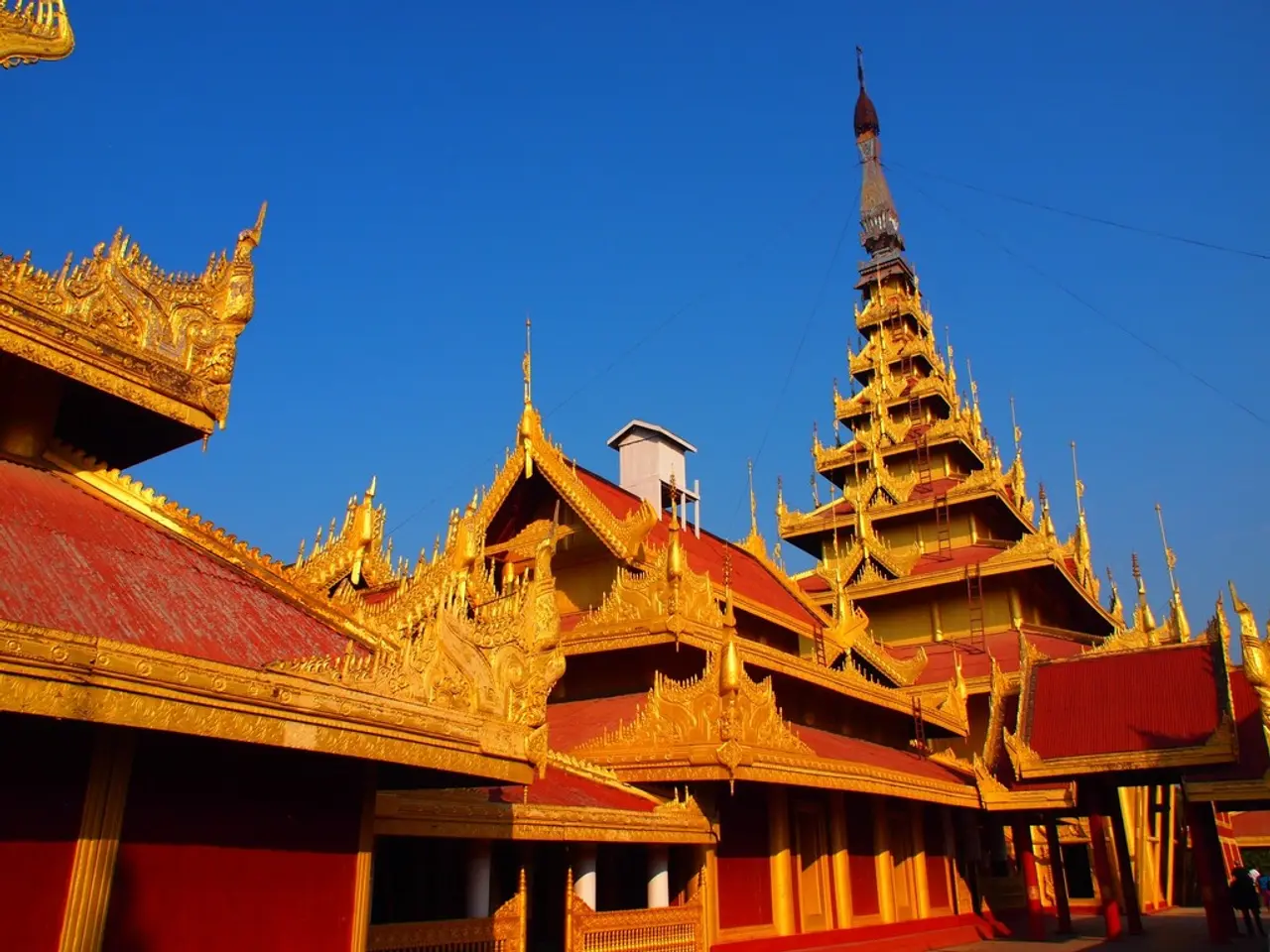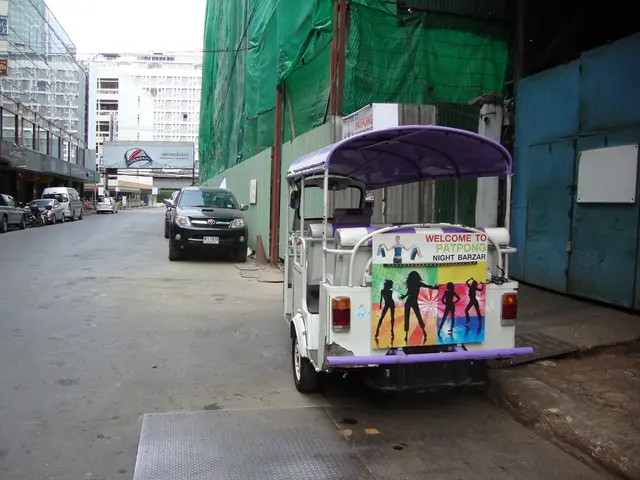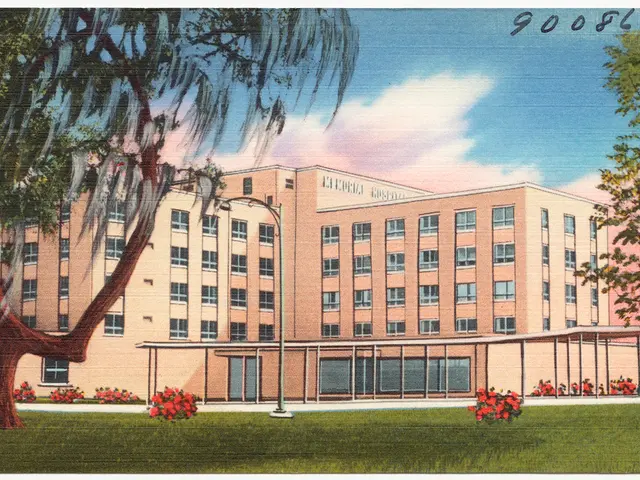Coastal Region of Thailand: Andaman
Rebuilding Thailand's West Coast: Challenges and Progress
Following the devastating 2004 tsunami, Thailand's west coast has seen a remarkable recovery in the hospitality sector. However, the road to rebuilding has been fraught with complex issues, including land grabbing, infrastructure reconstruction, and cultural preservation.
The tsunami left a trail of destruction, claiming thousands of homes and critical infrastructure, displacing many coastal communities. In the aftermath, some areas have seen unauthorized land acquisitions by private interests or developers, making fair and sustainable rebuilding efforts challenging. This has impacted local communities' access to land and traditional livelihoods, particularly in fishing villages.
Efforts to reconstruct infrastructure have been a priority, supported by numerous international and local organizations. The focus has been on restoring housing, health facilities, and public services, including rebuilding schools, health centers, and roads to facilitate community recovery. However, the challenge lies in balancing rapid redevelopment with disaster resilience to mitigate future tsunami impacts.
Cultural preservation remains a critical issue, as affected communities seek to maintain their heritage amid rebuilding. Many of the worst-hit areas include indigenous and fishing communities with distinct cultural identities. Sustainable redevelopment efforts emphasize community involvement to preserve local traditions, religious sites, and social structures despite the physical and social upheaval caused by the tsunami.
The west coast of Thailand spans hundreds of miles and features a mix of unspoiled beaches and areas of unregulated mass tourism. Large resorts are being developed in vulnerable locations along the coast, and there are serious questions regarding the reconstruction of infrastructure within the tsunami hazard zone. Tourism has attracted workers from other parts of Thailand, leaving locals with a small share of benefits.
Attempts are being made to integrate the local population into the reemerging tourism economy on the west coast. The Thai government has placed emphasis on education and training for the hospitality sector in the region. However, many of these new resorts lack specific regional features or character, raising concerns about cultural homogenization.
Despite the problems in tsunami recovery, there are examples of sustainable redevelopment along the west coast. The cultural integrity of the Moklen people is threatened by various development-related factors, but efforts are underway to preserve their unique culture and way of life.
In summary, Thailand’s west coast continues to confront complex challenges involving land rights, rebuilding resilient infrastructure, and protecting cultural heritage following the devastation of the 2004 Indian Ocean tsunami. International and local initiatives strive to address these through coordinated relief, community engagement, and sustainable planning, though tensions over land and rapid development persist.
[1] Thailand Tsunami Recovery: Challenges and Opportunities [2] Cultural Preservation in Tsunami-Affected Areas of Thailand [3] Land Rights and Tsunami Recovery in Thailand
[1] Sustainable education initiatives are crucial in equipping the local population of Thailand's west coast for the evolving tourism-focused lifestyle, ensuring a fair distribution of benefits.
[2] Expeditions to the west coast of Thailand offer travelers glimpses into the unique cultures preserved amidst redevelopment efforts, offering an opportunity to appreciate the region's rich heritage.




